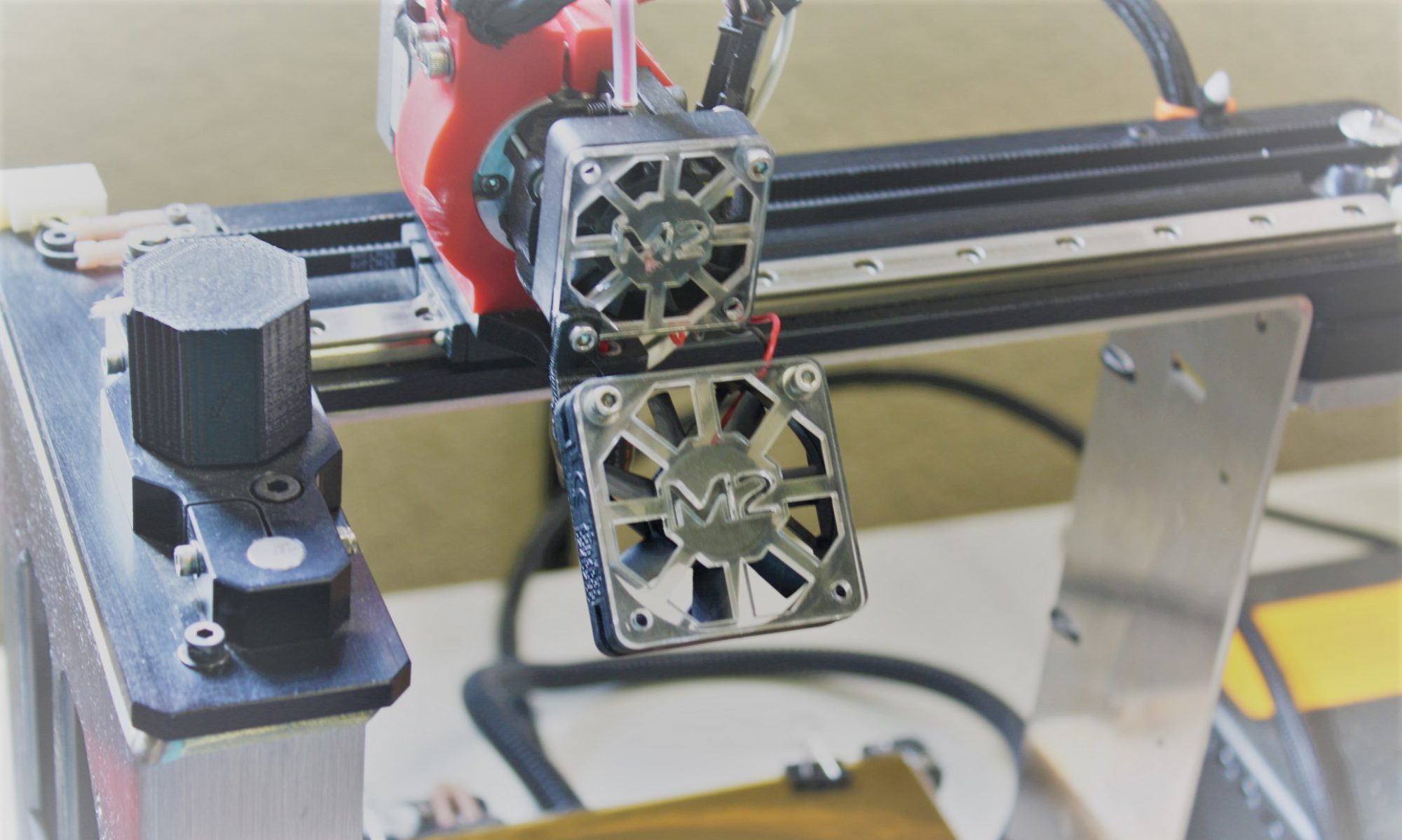Based on what I learned on the Monaco, i rethought my wheel and tire design. I still wanted geometry that would retain the tire onto the wheel in a turn. I also wanted the tires to be easier to make in a silicone mold.

I also decided to just thread a setscrew into the plastic wheel and hope for the best.

I used the tried and true process of making siicone molds from “positives” of tires, and then pouring Urethane. I use Smooth-On Vytaflex 20 for the Urethane. I’ve used several different Smooth-On Silicone products for mold making and all have worked well.
The grey parts in the right of this picture are just tires printed in PLA plastic. I glue them to the bottom of this container with purple glue stick. You can see rings where I’ve done this.

From there, mix and pour the silicone per the instructions and pour into the container. Submerge the tires by about 1/4″.
Here are some examples of several different molds I’ve done. Early on, I wasn’t using mold release compound, and although the tires weren’t difficult to remove, after half a dozen or so cycles, the molds started taking damage.

The bright red parts in this picture are the first 20 shore tires I produced.

This method works well enough. The tires come out pretty good, however as with any car, you still need to go across a tire truer in some form to really bring them in. The files to print these positives of the tires and these wheels are in the currently available zip file for the Foundation Design.



